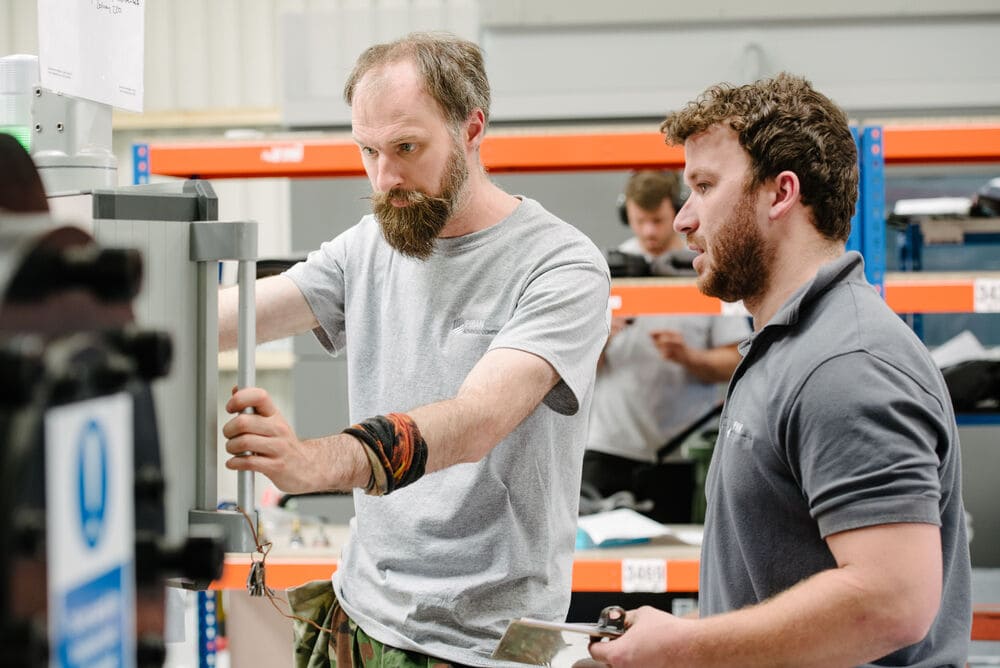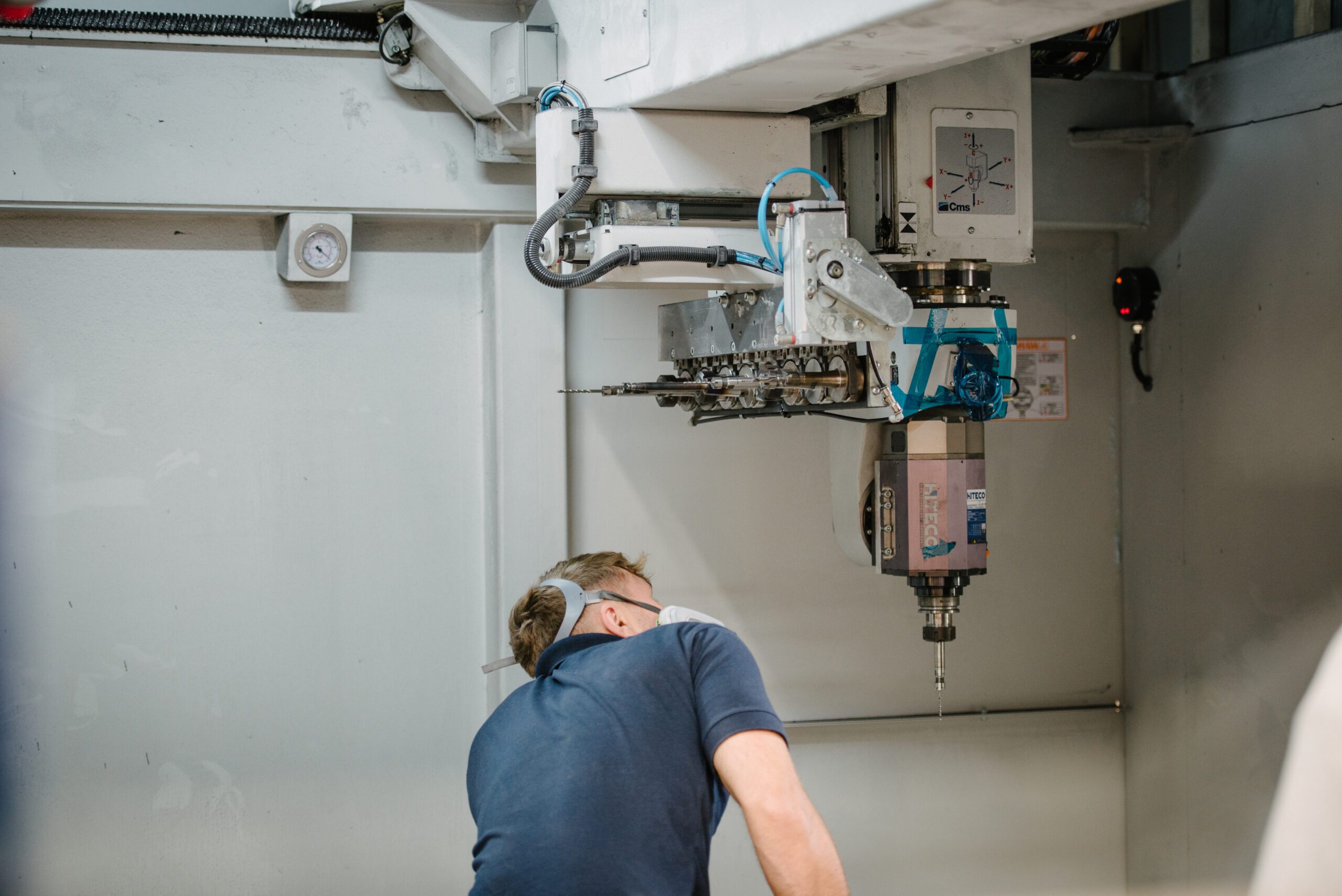There are various types of CNC machines which manufacture a wide range of products, including those made with advanced composite materials. In this post, we will explore seven different types of CNC machines, look at the appropriate uses and materials for each, as well as the expected size of volume production.
Here at Piran Composites, we have state-of-the-art CNC machining facilities, and below, we share our expert knowledge with you.
Table of Contents
Introduction to CNC Technology
Computer Numerical Control (CNC) technology enables the automation of machine tools through computers executing pre-programmed sequences of machine control commands. This technology allows the production of complex shapes that would be almost impossible to achieve with manual machining. The use of CNC machines also enables commands to be repeated with extreme precision and efficiency.
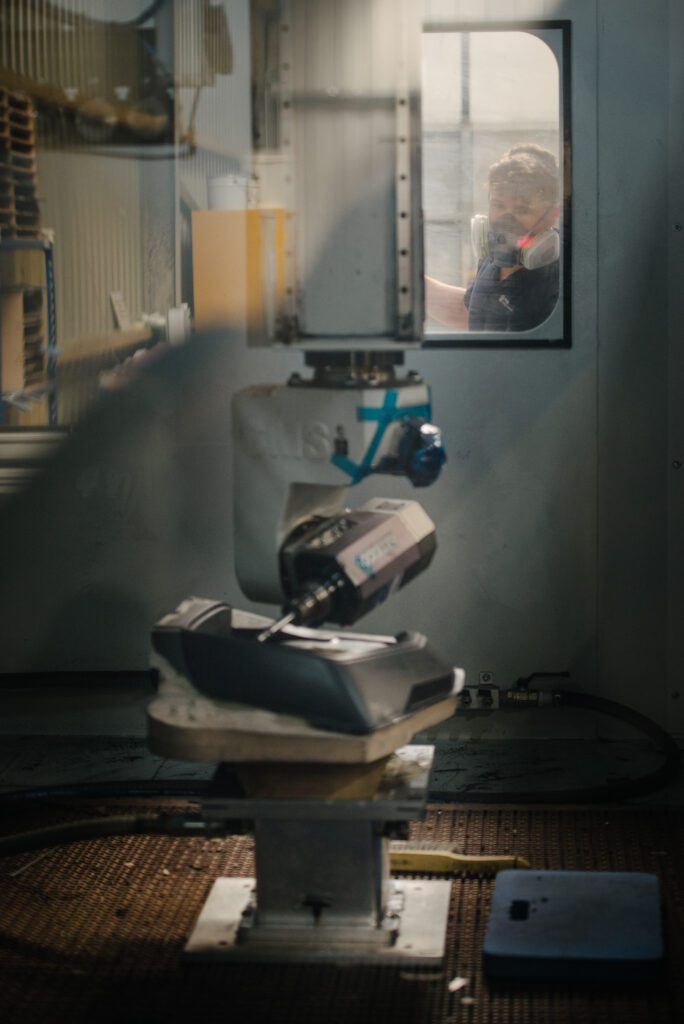
The Evolution of different types of CNC Machines
The evolution of CNC machines is a testament to the rapid technological advancements in the manufacturing industry. From their inception in the 1940s, when they were mechanically operated, to the sophisticated, computer-driven systems we see today, CNC technology has come a long way. Modern CNC machines are capable of 3D cutting tasks with precision and speed, integrating with CAD/CAM software to bring digital designs into the physical world with minimal human intervention.
Importance of CNC Machines in Advanced Composites Manufacturing
In the realm of advanced composite manufacturing, CNC machines play a critical role. The precision and flexibility of CNC machines are invaluable for these materials, which require precise cutting, drilling, and shaping for essential parts used in aerospace, automotive and defence industries. CNC machines also allow for the manipulation of complex shapes and the achievement of tight tolerances, which are essential factors in high-performance composite materials.
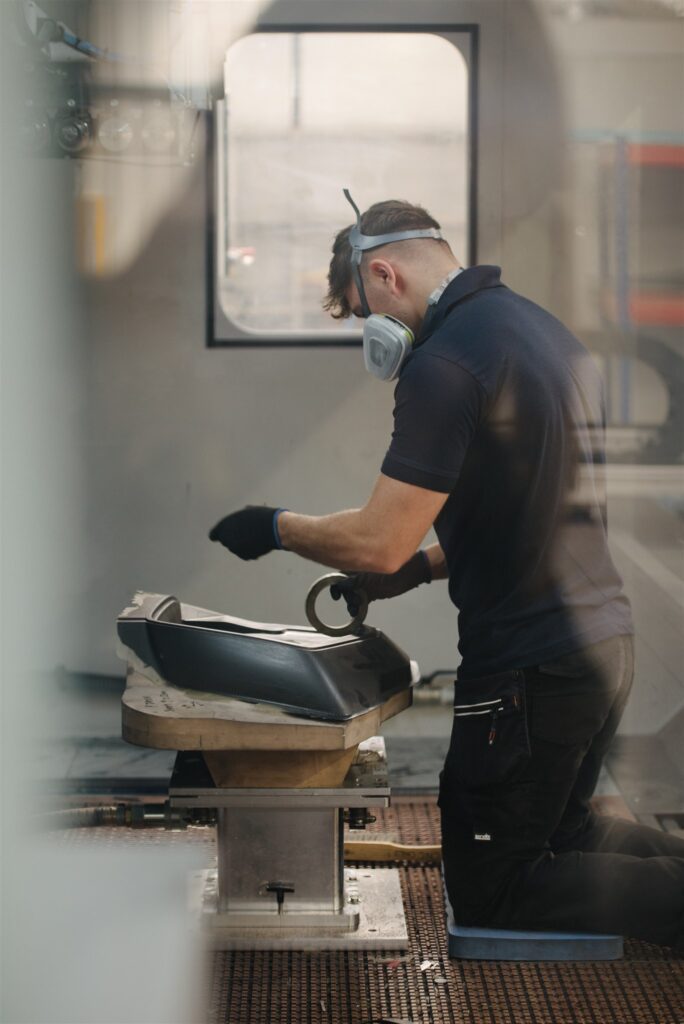
The Different Types of CNC Machines
In advanced composite manufacturing, different types of CNC machines are used to meet diverse production needs. These include milling machines, turning machines, router machines, plasma cutters, laser cutters, electrical discharge machines and 3D printing machines. Each machine has its own advantages and is categorised based on its operational capabilities.
Milling Machines
CNC milling machines operate by removing material from a workpiece to create the desired shape, following instructions from computer programming. The milling cutter rotates on a spindle axis and moves across the workpiece in various directions, allowing for precise cuts, holes, and shapes to be made in the material.
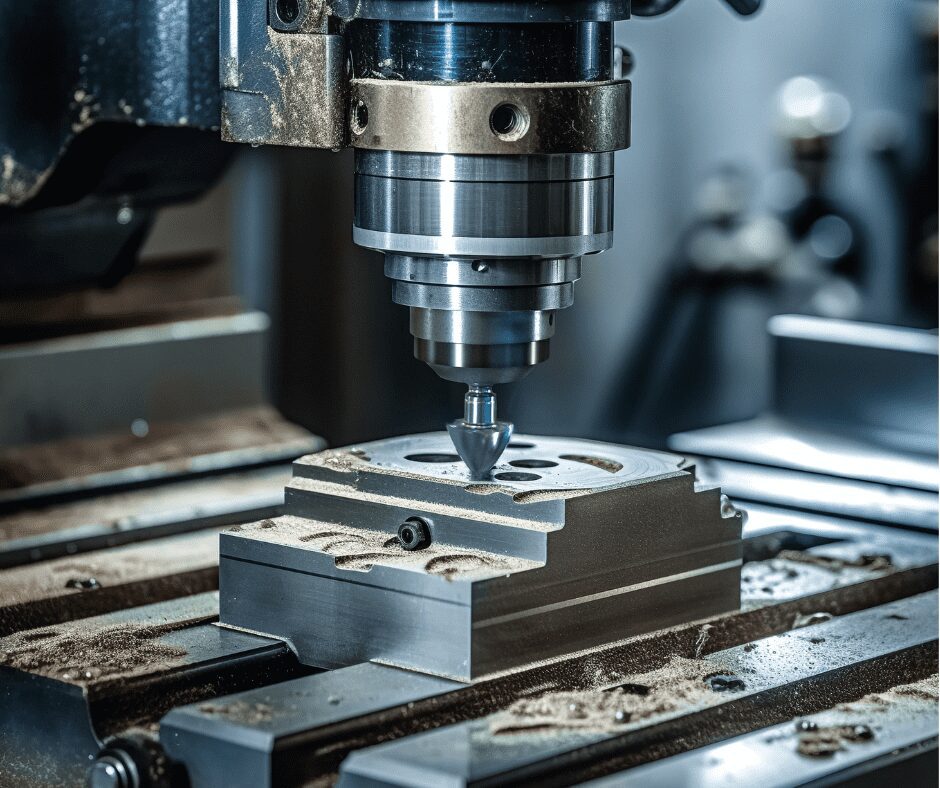
Description and Uses
Milling machines are capable of performing a wide range of tasks, such as cutting, drilling, and shaping materials. They are used to produce a wide range of parts, including gears, slots, shapes, and intricacies in materials such as metal, wood, and plastics. They facilitate the production of prototypes and large-scale production parts in the aerospace, automotive and other industries.
Advantages in Composite Materials Fabrication
- Produce highly accurate, complex parts
- Create parts with tight tolerances
- High levels of repeatability enable consistent quality
- Speedy and efficient – reduces production time and costs
Lathes or Turning Machines
Lathes, also known as turning machines, are types of CNC machines designed for cutting and shaping materials by rotating the workpiece against a cutting tool. They excel in tasks that require detailed work on the outer surface of the material.
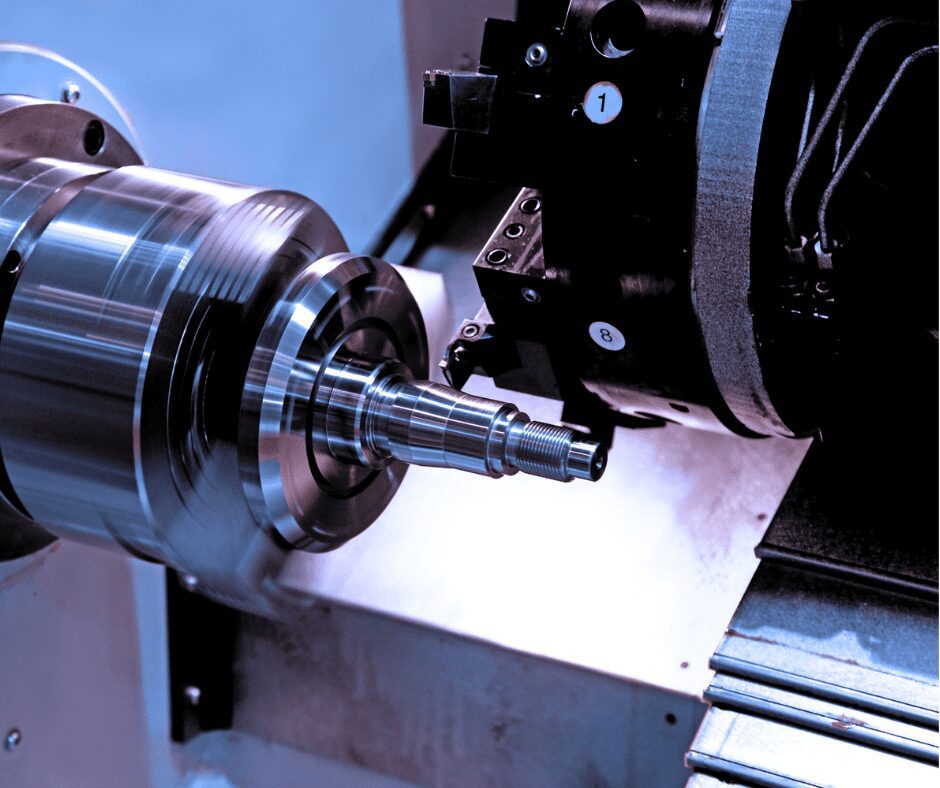
Description and Uses
Lathes are commonly used for manufacturing symmetrical objects like rods, bushings, camshafts, screws and bolts. They perform cutting, sanding, knurling and drilling actions and rotate the workpiece about an axis of rotation.
Special Considerations for Composites
- Lathes may delaminate or fray composite materials if not set up correctly
- May require programming adjustments to accommodate composite materials
- May require more set-up time (& have higher costs involved)
Router Machines
Router machines are types of CNC machines specifically designed for cutting, carving, and engraving various materials, including composites, wood, metal, and plastic. They produce intricate designs and fine details with precision.
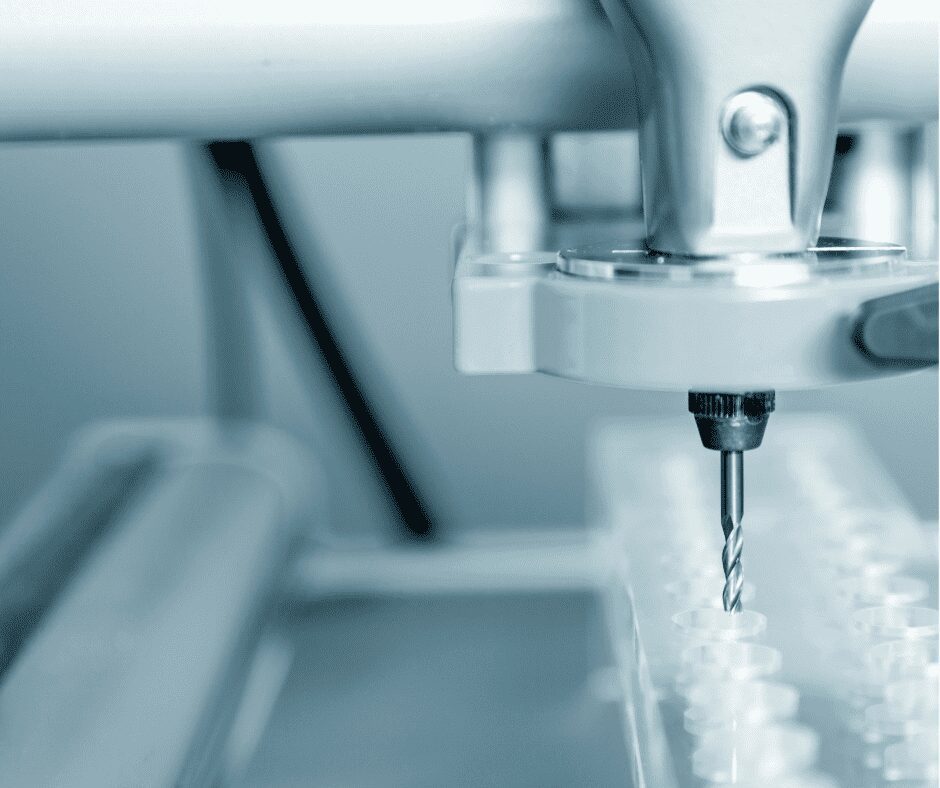
Description and Uses
Router machines are used to produce a wide range of items across various industries, including sign-making, furniture and engraving projects. They can also create prototypes and fabricate plastic and metal parts; they produce both large-scale production and custom, one-off designs.
Benefits of Precision Cutting in Composites
- Enable enhanced accuracy
- Enable complex shapes and finishes
- Maximises material utilisation which reduces waste
- Offer efficient and sustainable solutions
Plasma Cutters
Plasma cutters are types of CNC machines that use a high-velocity jet of ionised gas to cut through electrically conductive materials with precision and speed. The plasma is generated by an electrical arc and then directed to blast through the material, melting it away quickly and efficiently.
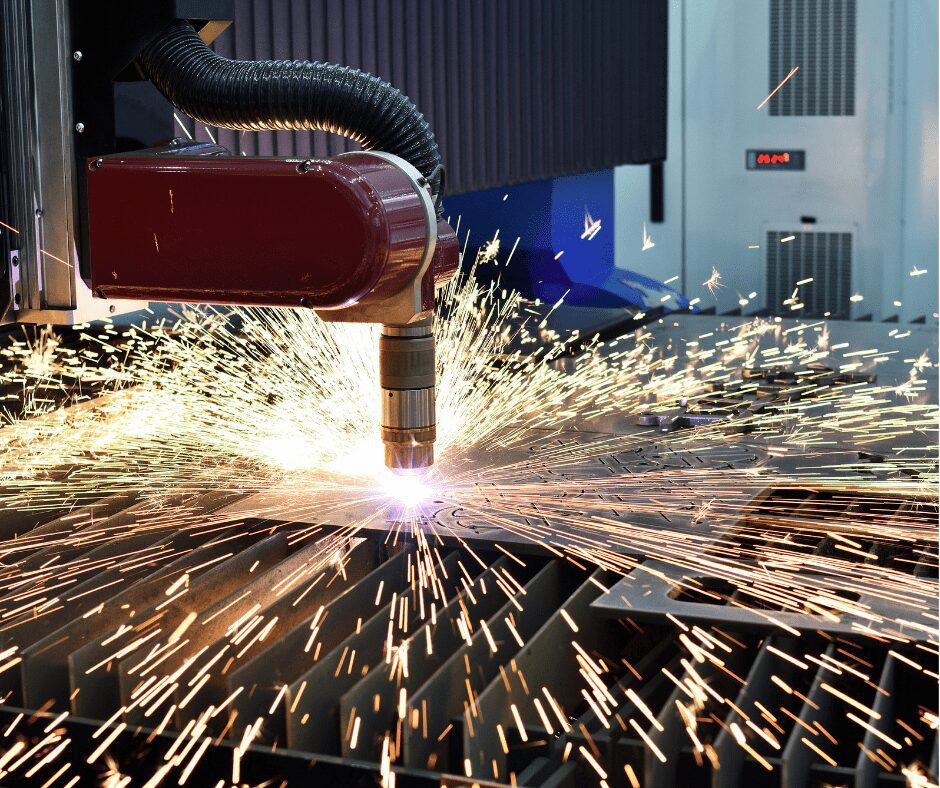
Description and Uses
Plasma cutters are useful for cutting sheet metal, pipes, plates, automotive body parts, metal furniture, cut-outs in metal signs and decorative panels. They are ideal for producing metal frames, machinery parts, and intricate metal artworks.
Application in Composite Material Processing
- Cut composite materials with minimal thermal distortion
- Ideal for composite materials that are sensitive to high temperatures
- Allows for high-quality, precise edge cuts
Laser Cutters
Laser cutters are advanced types of CNC machines that use a high-powered, focused beam of light to cut, engrave, or etch materials with exceptional precision. These machines melt, burn or vaporise materials, including metals, plastics, wood, and composites.
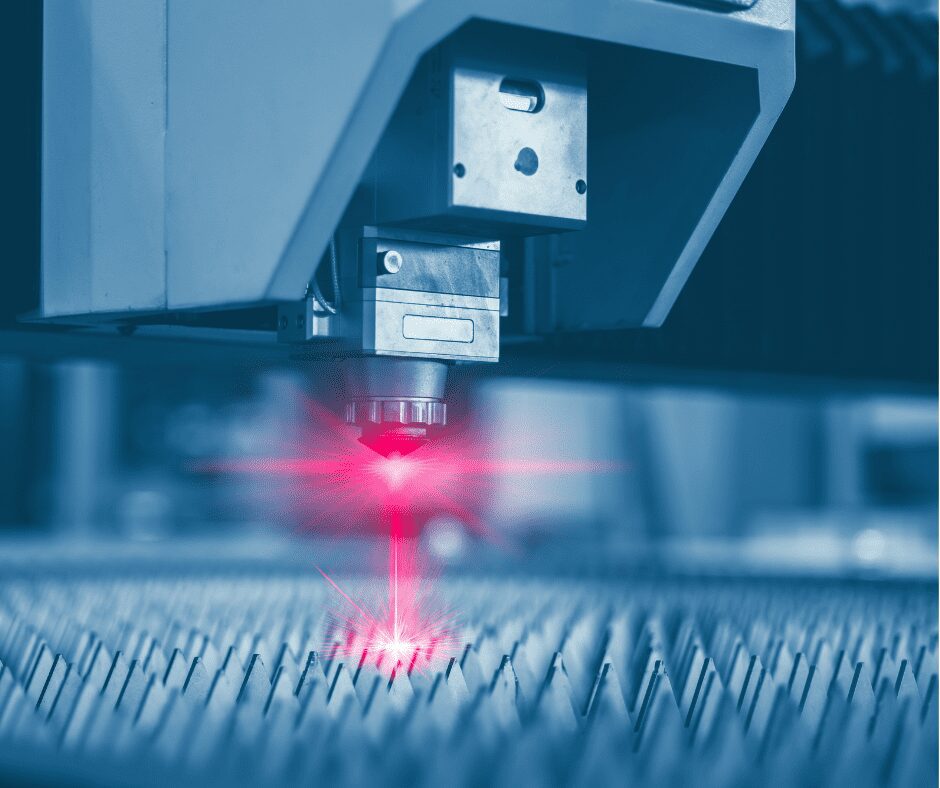
Description and Uses
Laser cutters are used to produce intricate jewellery, precise medical devices, custom automotive parts, personalised gifts and decorations, electronic components like circuit boards, and intricate designs in fashion and textiles. They are used for tasks requiring high precision and detail.
Advantages for High Precision in Composite Manufacturing
- Create complex, detailed designs
- Enable high-precision, clean cuts with minimal damage to the material
- A non-contact process which reduces the risk of material contamination/deformation
- Minimal waste due to precision cuts
Electrical Discharge Machines (EDM)
Electrical Discharge Machines (EDM) use electrical discharges or sparks to erode material from a workpiece. The process involves an electrode and the workpiece, both submerged in dielectric fluid. The electrical voltage applied between them creates sparks that precisely cut or shape the material without direct contact.
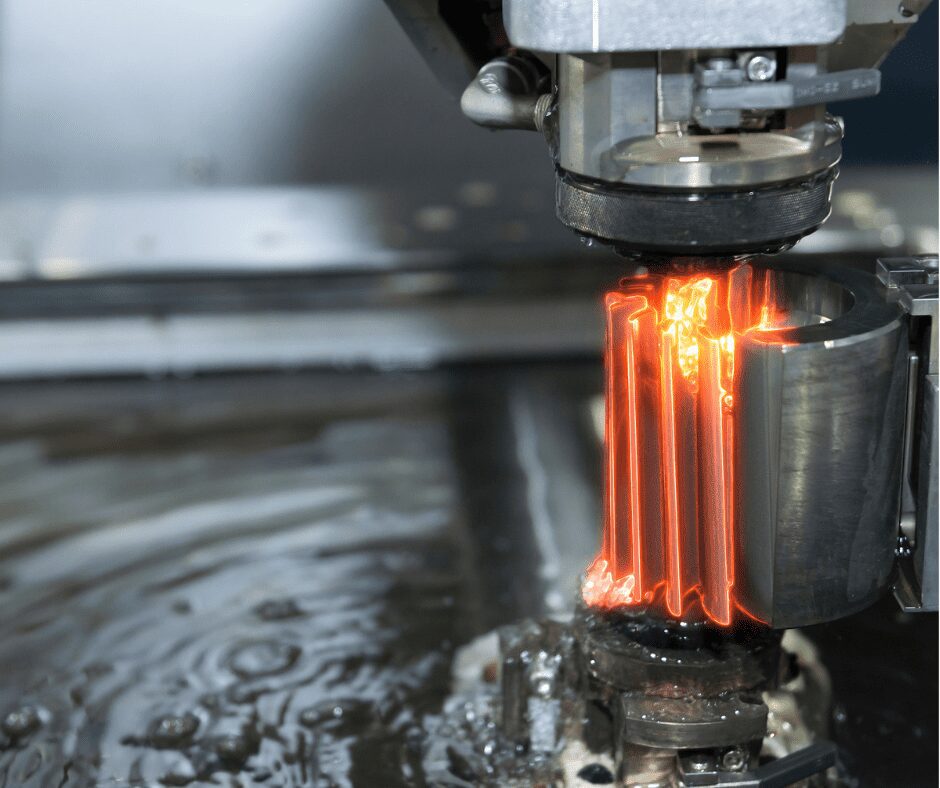
Description and Uses
Electrical discharge machines are effective for cutting hard metals such as tool steel, titanium and superalloys which are challenging to machine using traditional methods.
Relevance in the Fabrication of Advanced Composites
- Create complex composite parts with precision
- No direct contact is required, which is useful for delicate composite materials
- Enables the creation of parts with intricate designs and high tolerances
3D Printing Machines (Additive Manufacturing)
3D printing machines, also known as additive manufacturing machines, construct parts layer by layer from digital files. The process begins with designing a 3D model, which is then sliced into thin layers by software. The printer follows these slices to deposit materials, such as plastic, metal, or resin, layer upon layer until the object is fully formed.
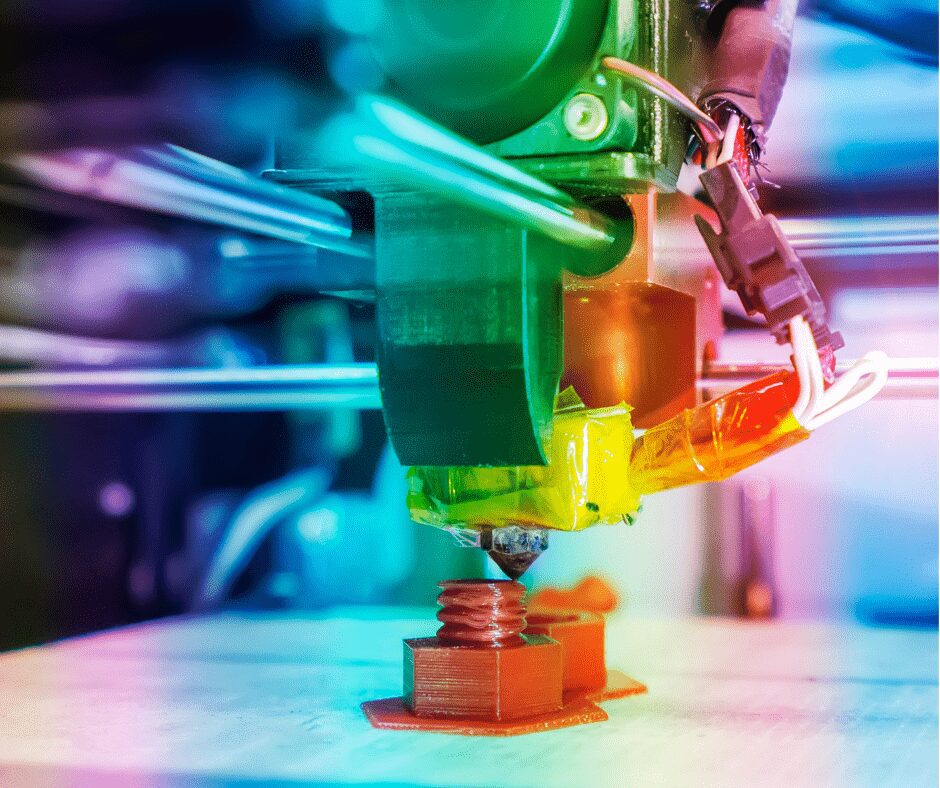
Description and Uses
3D printers create a wide range of products across various industries, including custom prosthetics in healthcare, aerospace components with complex geometries, and architectural models for construction.
Impact on Composite Material Development
- Allows for the precise placement of composite fibres
- Creates complex, lightweight structures
- Enables intricate internal structures (challenging to create through traditional subtractive manufacturing methods)
Choosing the Right CNC Machine for Composites
There are several key factors to consider when choosing the right CNC machine to manufacture your product. These include material compatibility, tolerance requirements and volume of production.
Material Compatibility
Different composites have varying properties and machining requirements, affecting the choice of machine in terms of spindle speed, torque, and tooling compatibility.
- Milling Machines: Compatible with metals, plastics, and composites, offering versatility for detailed work.
- Turning Machines: Primarily used for metals but can also work with plastics and composite materials.
- Router Machines: Suitable for wood, plastics, foams, and certain types of softer metals and composites.
- Plasma Cutters: Best for cutting electrically conductive metals.
- Laser Cutters: Cut a wide range of materials, including metal, plastic, glass, wood, and composites, depending on the laser type.
- Electrical Discharge Machines (EDM): Used for hard metals and alloys that are electrically conductive.
- 3D Printing Machines: Compatible with a broad range of materials, including plastics, metals, and composite filaments, depending on the technology used.
Precision and Tolerance Requirements
If you are manufacturing a product that requires high precision and tight tolerances, consider laser cutters, electrical discharge machines (EDM) and high-precision milling and turning machines. Laser cutters excel in cutting thin materials with intricate details, while EDM machines hard materials to exact specifications. High-precision CNC mills and lathes can achieve tight tolerances on various materials, making them suitable for complex requirements.
Size of Production
Consider the volume and size of the parts you intend to produce. The capacity of the CNC machine must align with your production needs, whether for large-scale manufacturing or smaller custom jobs.
- Milling Machines: Suitable for medium to large production volumes, depending on the specific machine size and configuration.
- Turning Machines: Ideal for medium to high-volume production, especially for parts requiring rotational symmetry.
- Router Machines: Best for medium-scale production, excelling in woodworking, plastics, and light metalworking.
- Plasma Cutters: Suitable for high-volume metal cutting operations, particularly for large sheets of metal.
- Laser Cutters: Versatile in production volume, capable of handling both small, detailed work and larger-scale operations depending on the machine’s power and size.
- Electrical Discharge Machines (EDM): Generally used for lower to medium volumes, focusing on precision rather than high throughput.
- 3D Printing Machines: Best for low to medium volumes, perfect for prototyping and custom manufacturing due to slower production speeds compared to subtractive methods.
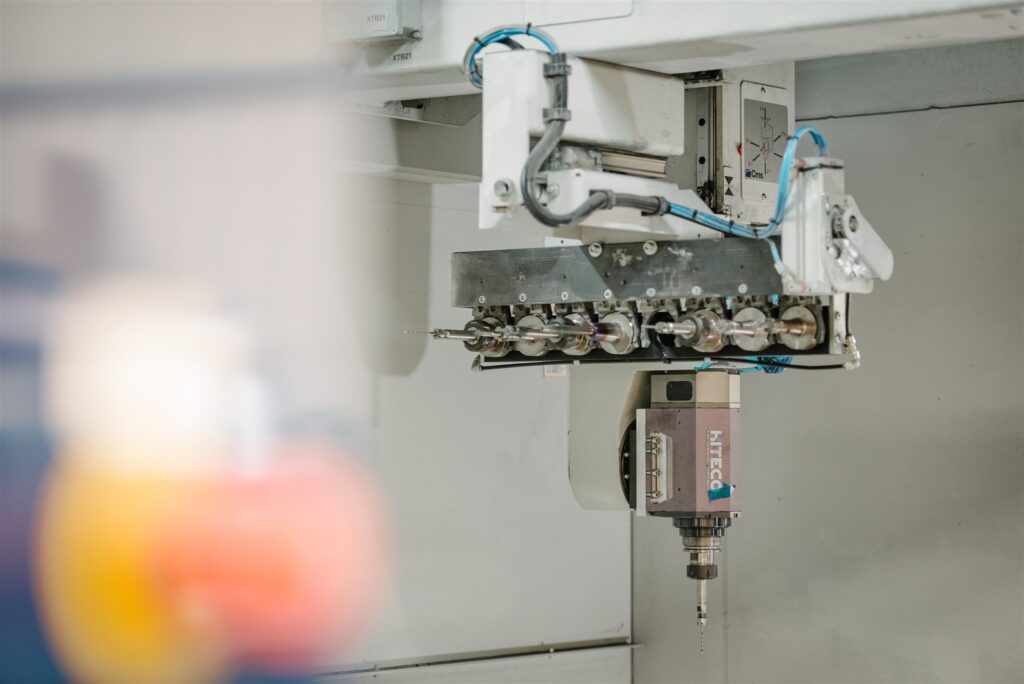
Cost vs. Benefit Analysis
Whilst some machines may require higher costs, the efficiency, speed and precision they provide can lead to long-term savings through reduced waste and increased production capacity. Balancing these costs against the expected benefits can help you to make an informed decision that aligns with production needs and financial objectives.
Initial Investment
The initial investment in CNC machines can vary widely, depending on the type and capabilities required. High-precision machines like laser cutters and EDMs come with a higher initial cost but offer unmatched precision and versatility. In contrast, CNC routers and plasma cutters may represent a more affordable entry point but with specific material and complexity limitations.
Operational and Maintenance Costs
Operational and maintenance costs for CNC machines also vary. Higher-end machines like laser cutters and EDMs may have higher maintenance costs and require specialised training for operators, impacting operational costs. However, again the benefits of using these machines may outweigh the costs long-term.
The Future of CNC in Composites Manufacturing
The future of CNC in composite manufacturing is exciting, with human minds and AI simultaneously driving new advancements. Young professionals, especially Gen Z, are bringing fresh, innovative ideas to the table, and integration with AI is creating a whole new blend of possibilities. Here is a brief overview of the latest technological advancements and innovations in CNC technology.
Recent Technological Advancements & Innovations
- The development of hybrid CNC machines that combine additive and subtractive manufacturing processes, such as the Lasertec 6600 DED Hybrid
- Advancements in multi-axis machines such as the horizontal-spindle, 5-axis machine introduced by DMG Mori in November 2023
- The development of environmentally sustainable CNC solutions
- Using AI for predictive maintenance and optimisation of CNC machines
- Utilising machine learning to analyse data and adapt to new environments
- Using AI to control real-time adjustments in manufacturing
- Integration of IoT devices, which enables enhanced data analysis and remote monitoring and control capabilities.
Conclusion – The Role of CNC Machines in Advancing Composites
CNC machines have revolutionised the manufacturing of composite materials, offering extreme precision, efficiency, and versatility. Types of CNC machines include milling machines, turning machines, router machines, plasma cutters, laser cutters, electrical discharge machines and 3D printing machines. Each has unique advantages, various compatible materials and production volumes.
We specialise in large-scale, five-axis machining, harnessing cutting-edge technology to bring your designs to life. With our advanced machinery and expertise, we can create complex shapes with superior accuracy and an impeccable finish.
